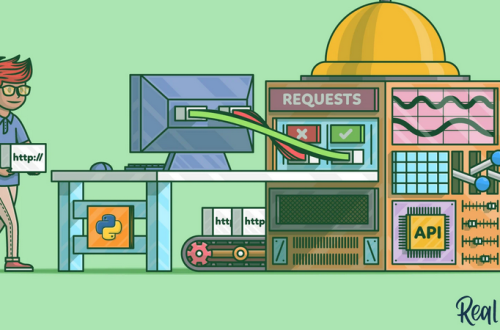This section explores some advantages and risks of separating a data store’s read and write operations using the CQRS pattern.
Benefits of the CQRS pattern
- Scalability: Given that read and write workloads can be scaled independently, CQRS can lead to much higher scalability in a distributed cloud- or microservices-based applications.
- Simplified and Optimized Models: It separates the read model (query responsibility) and write model (command responsibility), which simplifies application development and can optimize performance.
- Flexibility: Different models increase the number of choices one can make, increasing flexibility.
- Enhanced Performance: CQRS can prevent unnecessary data fetching and allows choosing an optimized database for each job, improving the performance of both read and write operations.
- Increased Efficiency: It enables parallel development on complex applications, as teams can work independently on the separate read and write sides of the application.
Potential Risks of using the CQRS pattern
- Complexity: CQRS adds complexity to the system. It may not be necessary for simple CRUD apps and could over-complicate the application unnecessarily. Therefore, using CQRS only in complex systems and when the advantages outweigh the cons is advisable.
- Data Consistency: It can introduce eventual consistency issues between the read and write sides because the read model’s updates are asynchronous, which might not fit every business requirement.
- Increased Development Effort: CQRS could mean increased development, testing, and maintenance efforts due to handling two separate models and more pieces.
- Learning Curve: The pattern has its own learning curve. Team members unfamiliar with the CQRS pattern will require training and to gain some experience.
- Synchronization Challenges: Maintaining synchronization between the read and write models can be challenging, especially in high data volume cases.
Conclusion
CQRS helps divide queries and commands and helps encapsulate and isolate each block of logic independently. Mixing that concept with serverless computing or microservices architecture allows us to scale reads and writes independently. We can also use different databases, empowering us with the tools we need for the transfer rate required by each part of that system (for example, frequent writes and occasional reads or vice versa).Major cloud providers like Azure and AWS provide serverless offerings to help support such scenarios. Each cloud provider’s documentation should help you get started. Meanwhile, for Azure, we have Azure Functions, Event Grid, Event Hubs, Service Bus, Cosmos DB, and more. Azure also offers bindings between the different services that are triggered or react to events for you, removing a part of the complexity yet locking you down with that vendor.Now, let’s see how CQRS can help us follow the SOLID principles at the cloud scale:
- S: Dividing an application into smaller reads and writes applications (or functions) leans toward encapsulating single responsibilities into different programs.
- O: CQRS, mixed with serverless computing or microservices, helps extend the software without needing us to modify the existing code by adding, removing, or replacing applications.
- L: N/A
- I: CQRS set us up to create multiple small interfaces (or programs) with a clear distinction between commands and queries.
- D: N/A

